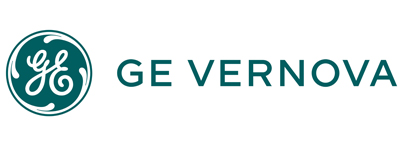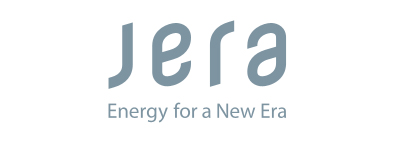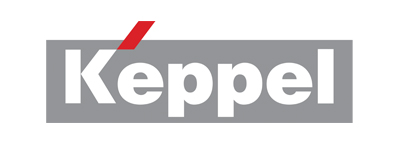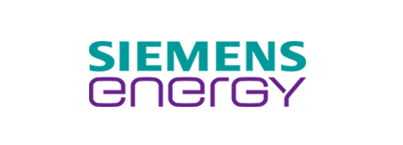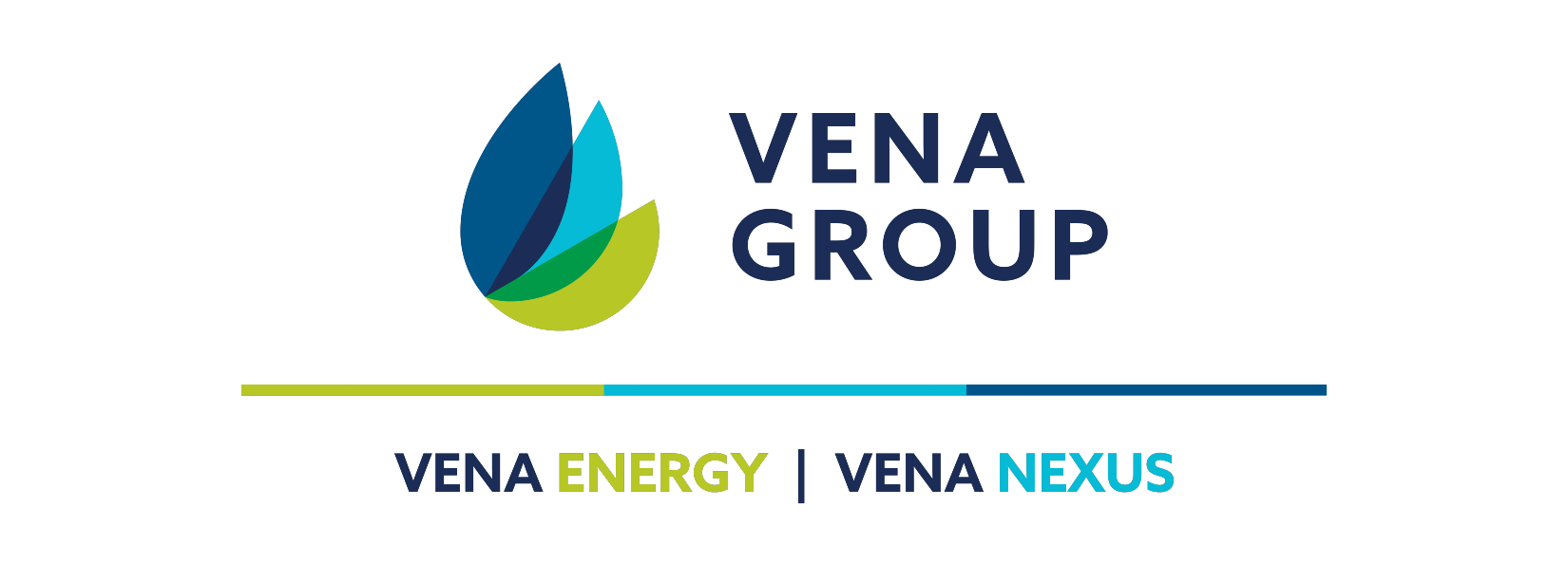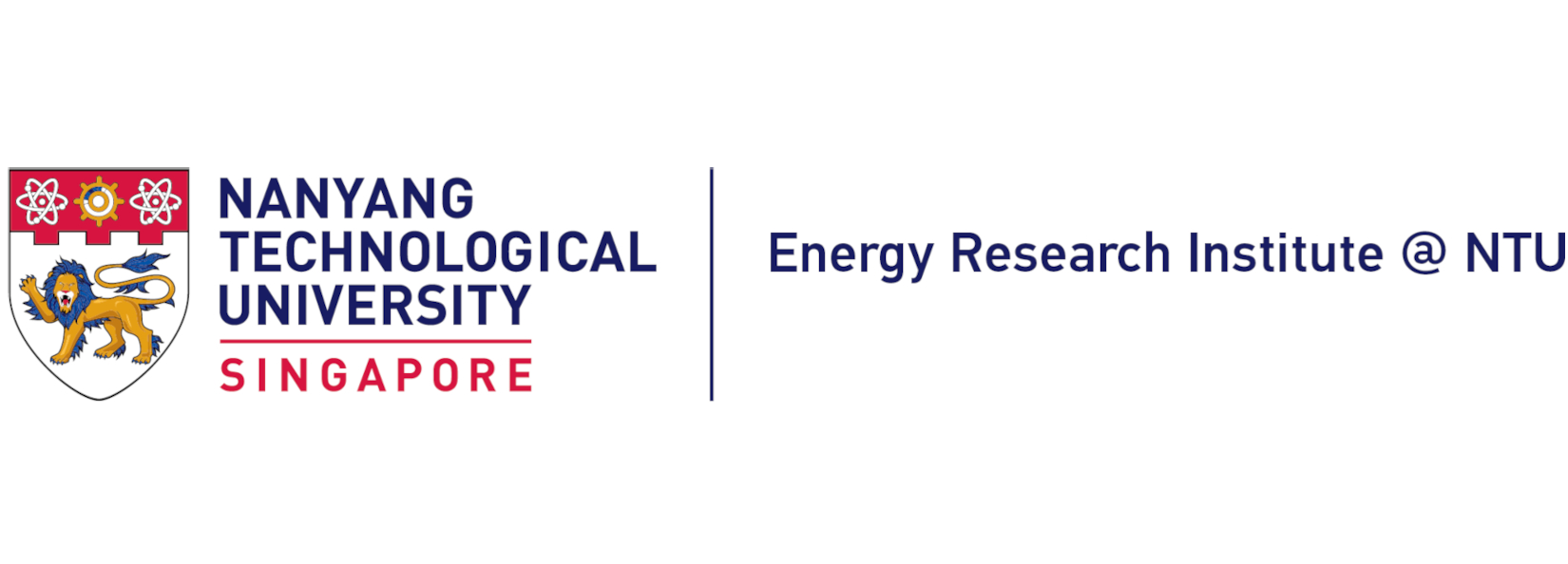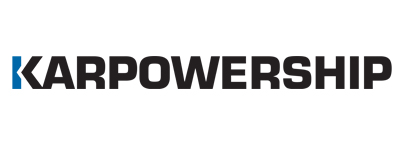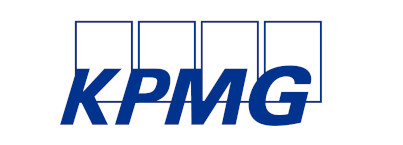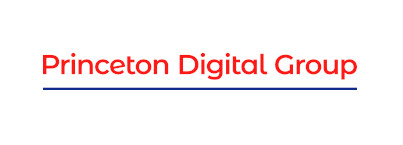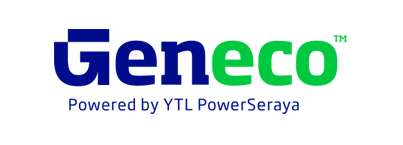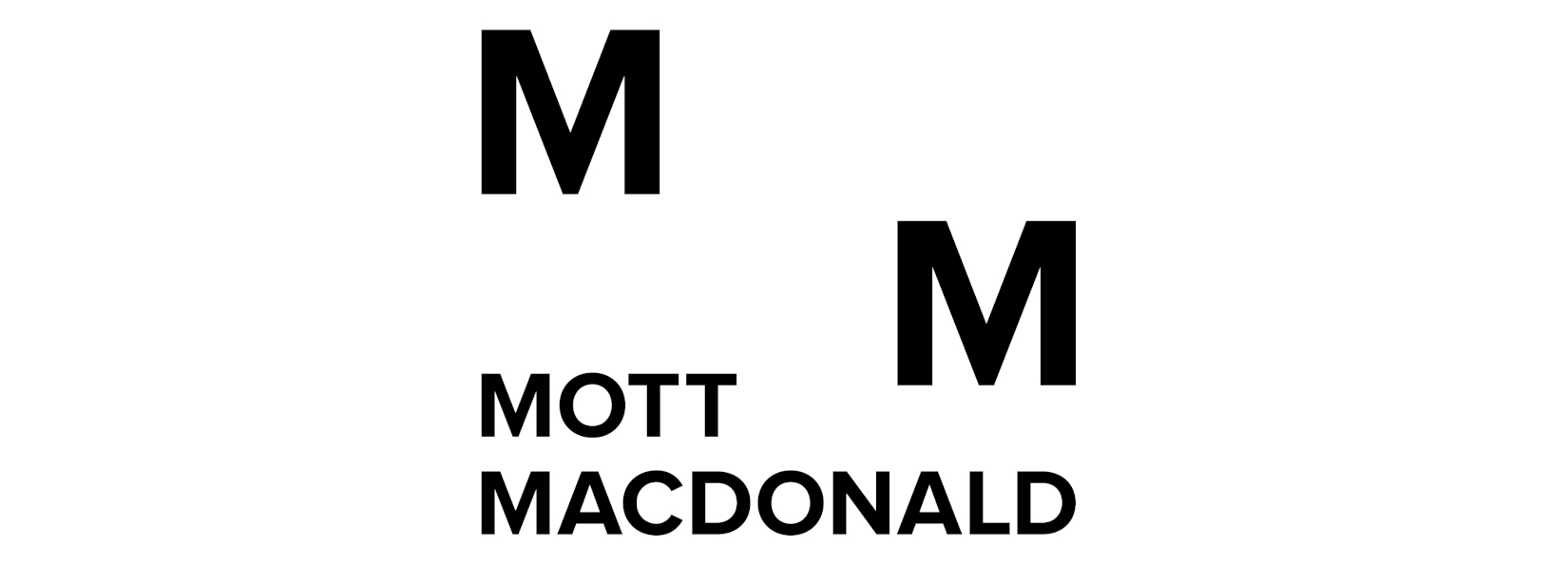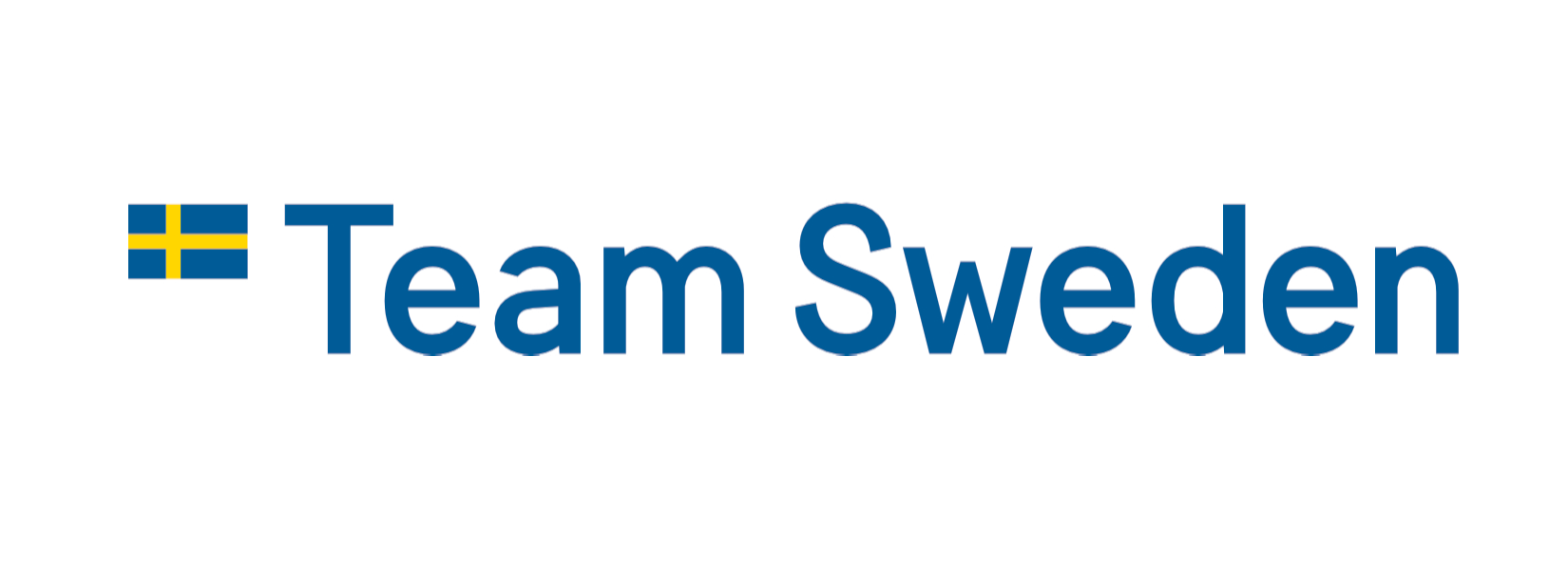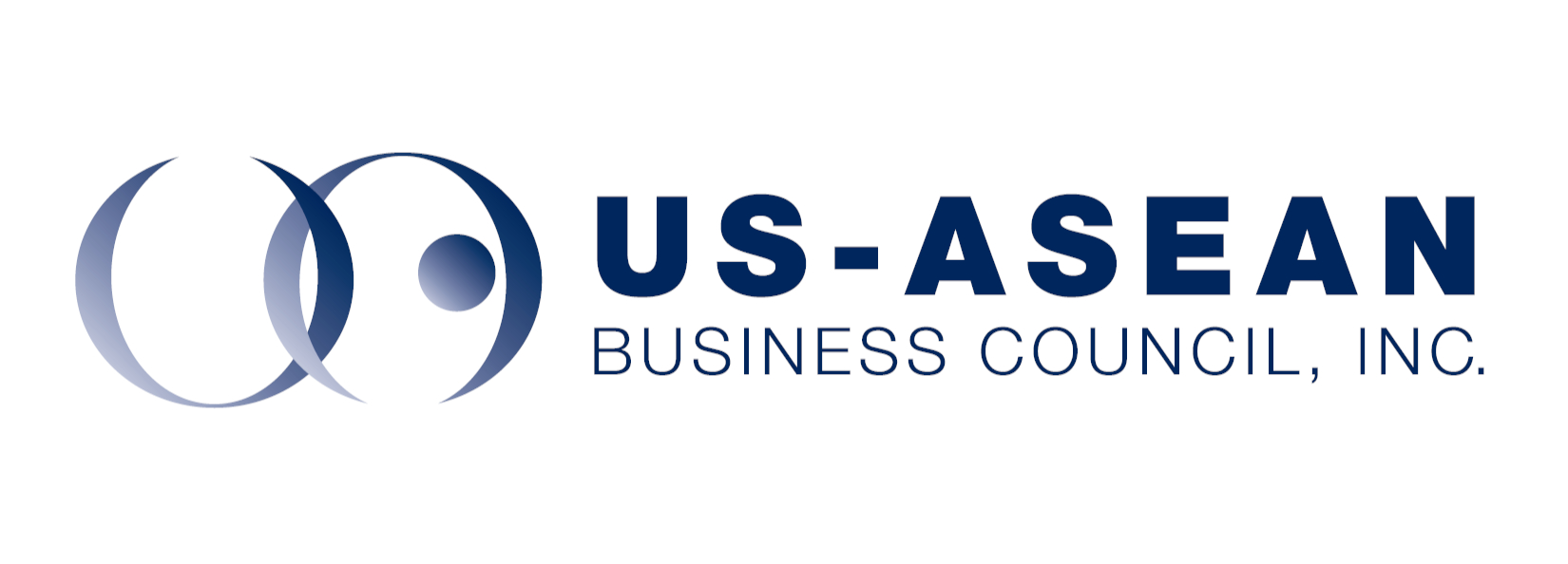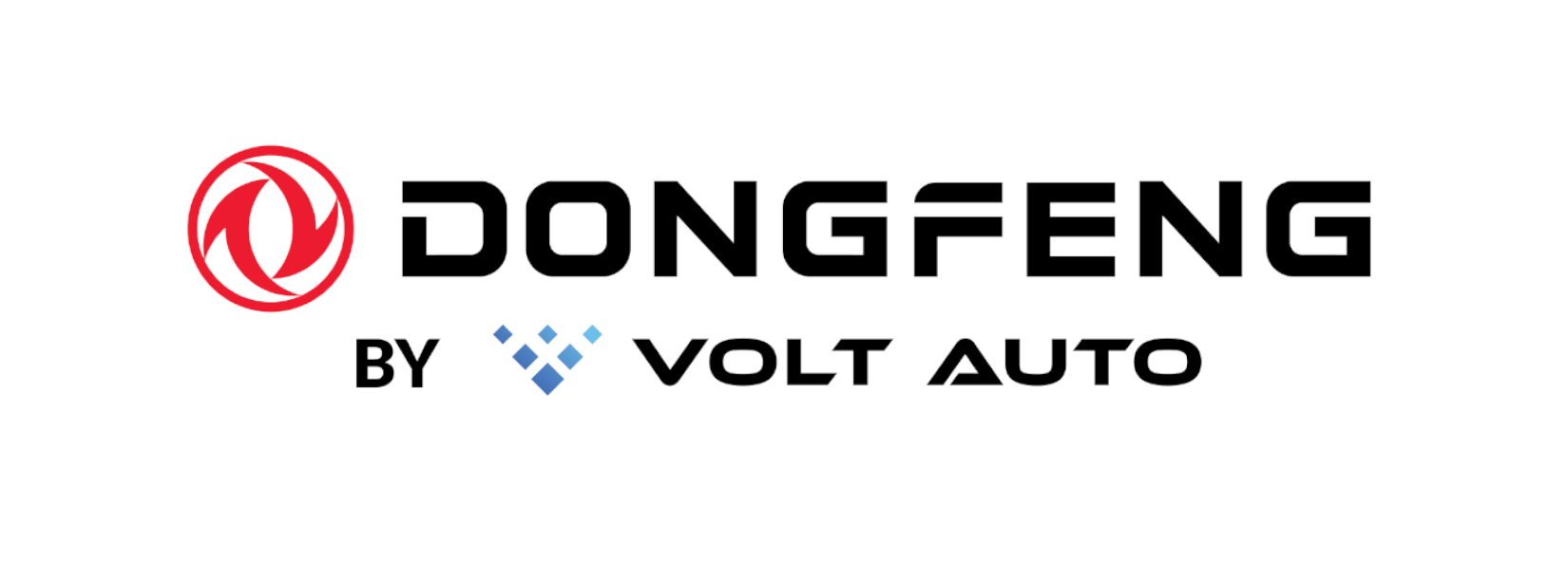Energy leaders discuss the path to net zero through innovation and collaboration.
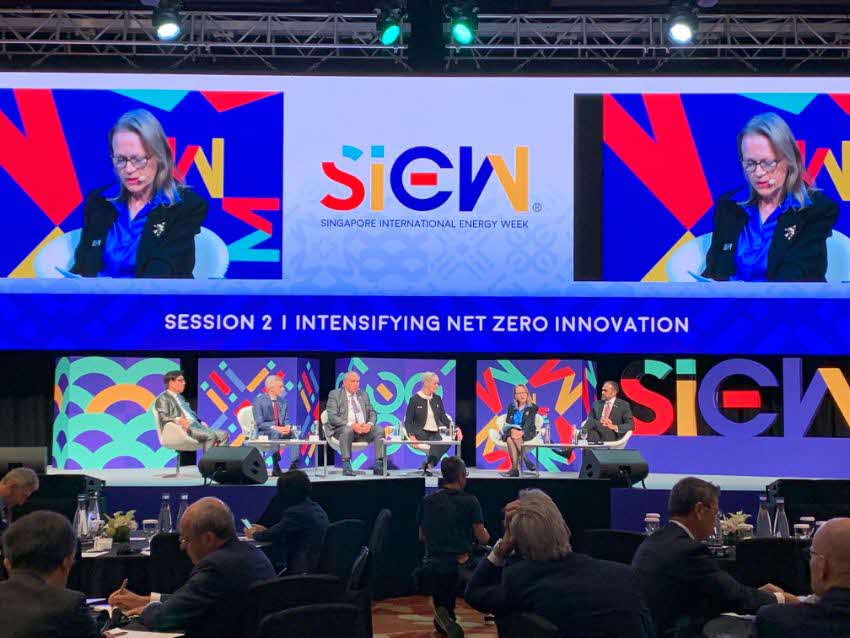
In Session 2 of the Singapore Energy Summit, industry experts discussed key and evolving technologies and innovation that will be instrumental in forging a net zero future. They also discussed barriers and the opportunities that the global community will need to address to unlock the full potential of these technologies.
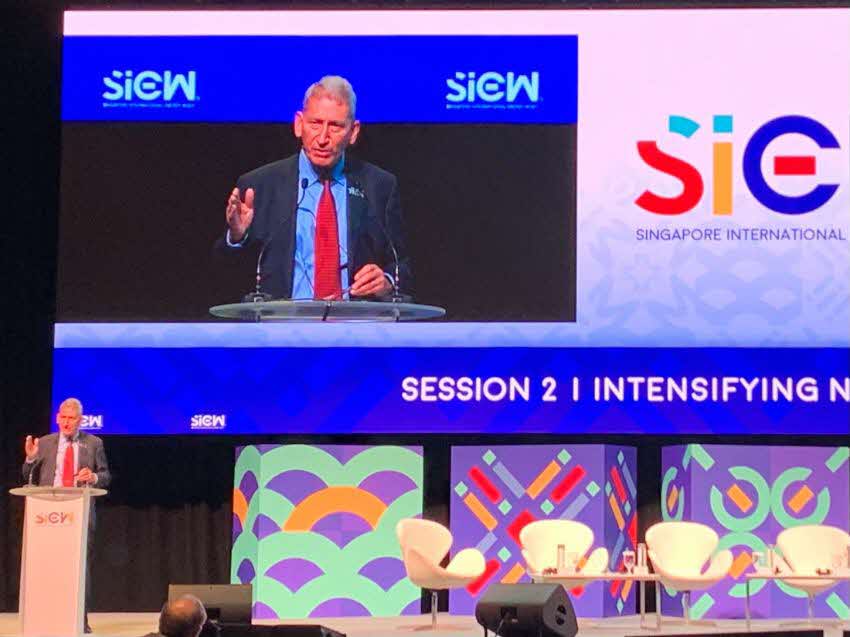
In the Keynote Presentation, Mark Gainsborough, Chairman of the Board, Seatrium noted that this is an exciting and challenging time in our industry. He further emphasised that the path to net zero requires industry players to “deliver energy transition at an unprecedented scale”. This marks a new industrial revolution, requiring investments across the globe of at least USD5 trillion a year for the next 30 years.
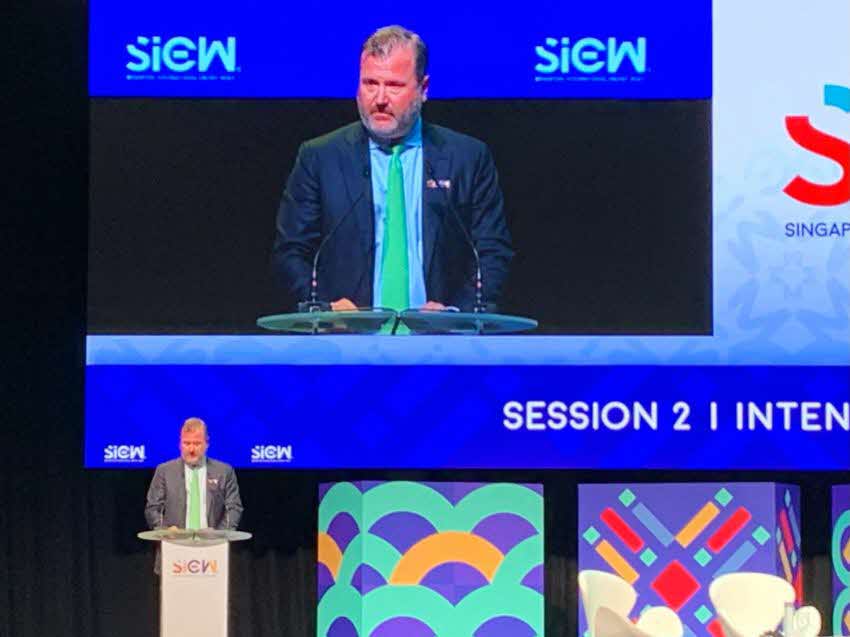
Matt Sheehy, Chief Executive Officer, Tallgrass highlighted that our collective focus should be to ensure energy is clean and affordable as it empowers a lot of what we do. Cost continues to be the key deciding factor for the vast majority for individuals and consumers across the globe.
Moderating the panel discussion, Dr Angela Wilkinson, Secretary General and Chief Executive Officer, World Energy Council, opened by commenting on “the ocean of opportunities” presented in the energy sector despite that energy transition is a complex journey.
The panellist members then proceeded to share their respective views on what it meant to intensify net zero innovation in practice:
Mary Burce Warlick, Deputy Executive Director, International Energy Agency (IEA) shared new insights from IEA’s Net Zero by 2050 report:
"We are still within reach of the 1.5-degree pathway goal, but over the past two years, the path has grown narrower. Our analysis indicates that innovation will be crucial for achieving emissions reduction. Much more needs to be done and room for innovation includes hydrogen, hydrogen-based skills, and sustainable bio energy."
Chris Powers, Vice President, Carbon Capture, Utilisation, and Storage, Chevron New Energies emphasised Chevron's pivotal role in providing reliable, affordable, and clean energy to address the world's growing needs:
“We have a unique approach to technology. We believe that nurturing these technologies during development is crucial to bring them to market and lower their costs. We participate in various ways, such as investing in early tech startups and new energy businesses, to take their technologies and help to scale them. What we do is to look for solutions, speed, and scalability to effect a meaningful change in energy system.”
Irtiza Sayyed, President, Asia Pacific, ExxonMobil Low Carbon Solutions, stressed the significant role of renewables in addressing 30% of the world's emissions, with blue hydrogen being a notable example:
“We are in the midst of building the world’s largest blue hydrogen complex. The process will involve the utilisation of natural gas to manufacture hydrogen while capturing the entire CO2 emissions. By the time we produce the hydrogen, 98% of the CO2 will have been removed from the process. Our primary focus is on the carbon intensity of the molecule, rather than the colour of which it is made. And technology, if used effectively, can achieve our objectives at a much lower cost.”
Mikhail Chudakov, Deputy Director General, International Atomic Energy Agency (IAEA) underscored the importance of nuclear power in conjunction of renewables:
“It’s a must, why is it a must? Because many countries want to have the different sources (of energy) but they don’t have the developed grids and the developed infrastructure. Nuclear power is safe, reliable, sustainable.”
Toshiro Kudama, Chief Executive Officer, JERA Asia reiterated their commitment to achieving net zero by 2050 by advocating for renewables and low carbon alternatives, including ammonia and hydrogen.
“We need to expand renewables as much as possible, and explore more low carbon alternatives such as ammonia and hydrogen in this region. We have to reduce emissions by 20% substitution of coal in Asian countries.”
To conclude the session, Dr Angela Wilkinson facilitated a discussion on "innovation-collaboration," with each participant sharing their key takeaways:
- Toshiro Kudama emphasised the need to "cut the red tape."
- Chris Powers advocated for a "big picture approach" and a pragmatic start to make meaningful progress.
- Mikhail Chudakov urged a focus on "finances and moving forward."
- Mary Burce Warlick highlighted the importance of "international collaboration, financing, sharing of technologies, and best practices," while recognising diverse starting points.
- Irtiza Sayyed stressed the importance of "Collaboration, collaboration, collaboration."
Follow us for more timely updates on X (formerly Twitter) and Telegram.


